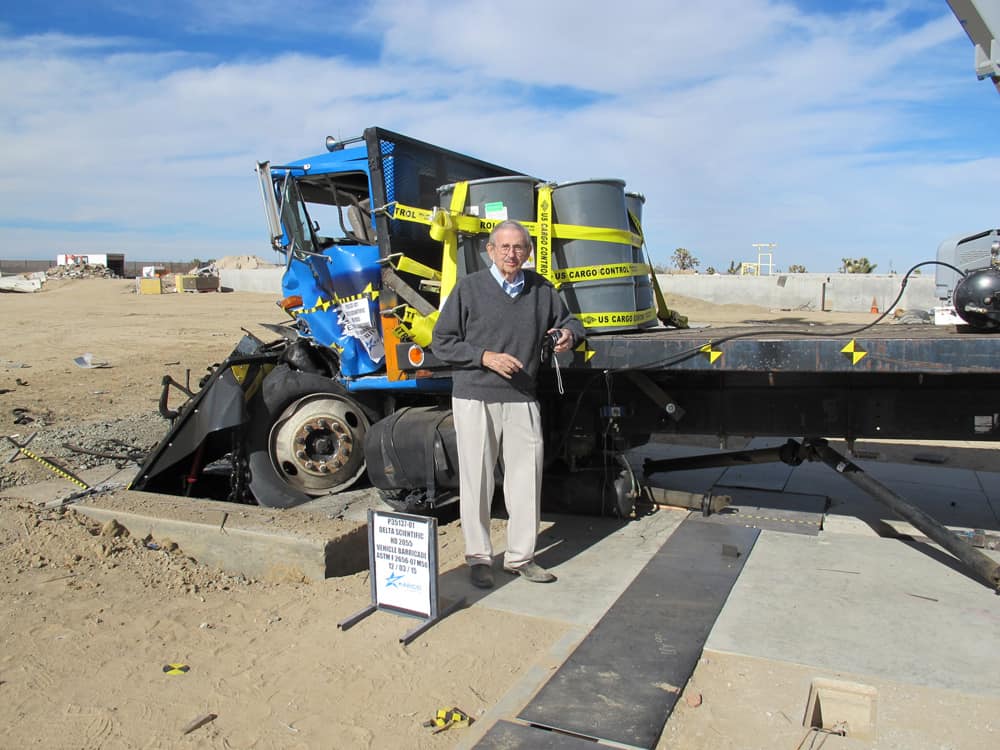Little Known Questions About Wedge Barriers.
Wiki Article
The 8-Minute Rule for Wedge Barriers
Table of Contents5 Simple Techniques For Wedge BarriersRumored Buzz on Wedge Barriers

Wedge Barriers - The Facts
The remaining pressure applied to the cam to deploy the wedge plate 16 may might provided given an electromechanical actuator 84 or other various other. The spring assembly 54 and the actuator 84(e. Wedge Barriers. g., electromechanical actuator)might run with each other to equate the webcam and raise the wedge plate 16.
As stated above, the spring setting up 54 applies a constant pressure on the web cam, while the electromechanical actuator may be controlled to exert a variable force on the webcam, thereby making it possible for the training and lowering( i. e., deploying and pulling back )of the wedge plate 16. In particular personifications, the continuous force used by the springtime setting up 54 may be adjustable. g., electromechanical actuator) is disabled. As will be appreciated, the spring setting up 54 may be covered and secured from debris or various other elements by a cover plate(e. g., cover plate 68 revealed in FIG. 4) that might be considerably flush with the raised surface area 38 of the structure 14. As stated over, in the deployed position, the wedge plate 16 offers to obstruct accessibility or traveling past the barrier 10. The obstacle 10(e. g., the wedge plate 16 )might obstruct pedestrians or cars from accessing a home or path. As gone over above, the barrier 10 is affixed to the support 30 safeguarded within the structure 14,

front braces 71. Consequently, the link settings up 72 may pivot and turn to enable the collapse and extension of the link settings up 72 find out here now throughout retraction and release of the bather 10. The linkage assemblies 72 cause motion of the wedge plate 16 to be limited. If an automobile is traveling in the direction of the released Going Here wedge plate 16(e. For instance, in one scenario, the safety and security legs 86 might be prolonged throughoutmaintenance of the barrier 10. When the safety and security legs 86 are released, the safety and security legs 86 support the weight of the wedge plate 16 against the surface 12. Therefore, the lifting mechanism 50 might be shut down, serviced, gotten rid of, changed, etc. FIG. 5 is partial viewpoint sight of a personification of the surface-mounted wedge-style barrier 10, showing the webcam 80 and the cam surface areas 82 of the lifting device 50. Particularly, two webcam surfaces 82, which are referred to as lower web cam surfaces 83, are placed below the webcam 80. The reduced web cam surface areas 83 may be repaired to the surface 12 (e. As an example, the reduced camera surfaces 83 and the mounting plate 85 might create a solitary piece that is safeguarded to the support 30 by bolts or various other mechanical bolts. Additionally, 2 camera surfaces 82, which are described as upper cam surfaces 87, are placed over the cam 80 and paired to (e. In other embodiments, interfering layers or plates may be placed between the surface area 12 and the lower cam surface areas 83 and/or the wedge plate 16 and the upper web cam additional reading surface areas 87 As mentioned over, the webcam 80 translates along the web cam surfaces 82 when the wedge plate 16 is lifted from the withdrawed setting to the released setting. In addition, as pointed out over, the springtime setting up 54 (see FIG. 3 )might offer a force acting on the web cam 80 in the direction 102 using spring pole 58, which may lower the force the electromechanical actuator 84 is needed to relate to the webcam 80 in order to activate and raise the wedge plate 16. 1 )to the deployed setting(see FIG. 4). As revealed, the cam 80 consists of track wheels 104(e. g., rollers), which call and convert along the camera surface areas 82 during operation.
Report this wiki page